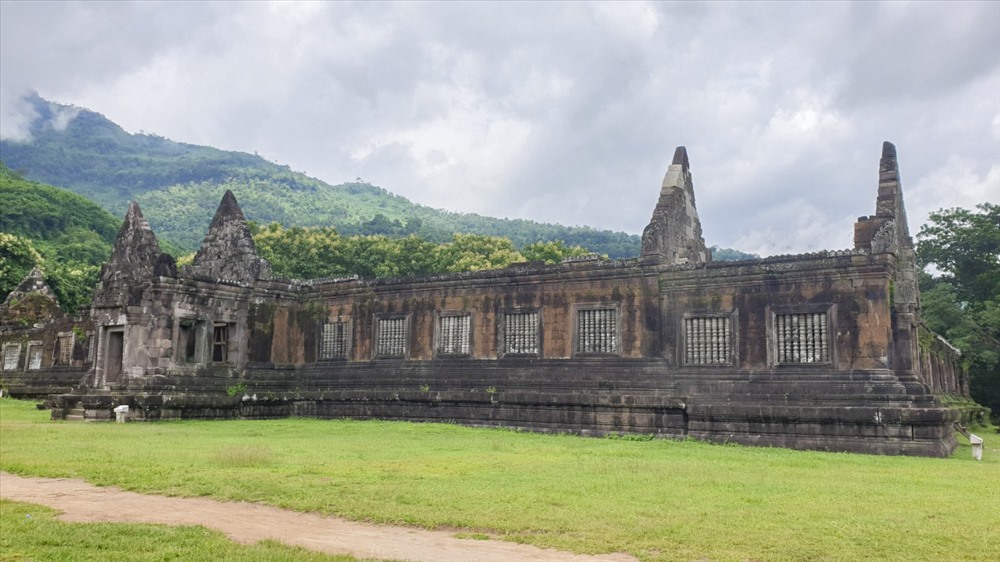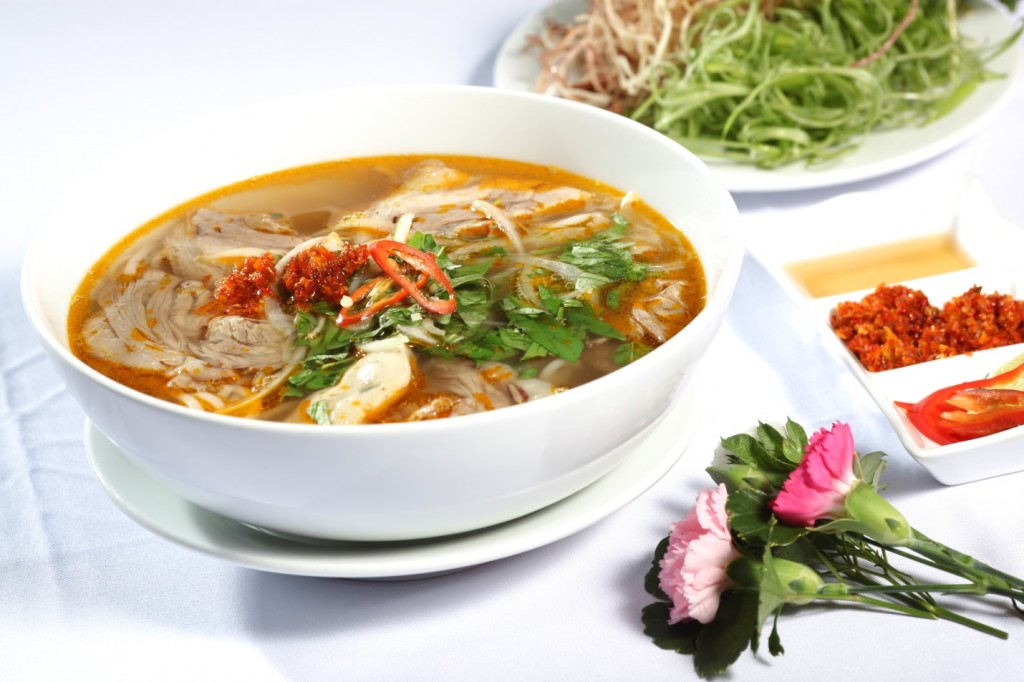Discover the Enchanting Wat Phou in Southern Laos
Wat Phou is an ancient Khmer temple complex located in Southern Laos, specifically within the Champasak Province, about 6km from the Mekong River and approximately 670km south of the capital city, Vientiane. This exceptional site is nestled amidst the Siphandone archipelago, comprising around 4,000 islands of varying sizes in the Mekong River. The area is rich in ancient relics, including sandstone castles and Theravada Buddhist temples. The locals regard the Mekong River passing through this region as a sea of potential, surrounded by nine mountains that encircle the ancient city.

This temple complex features a temple dating back to the 5th century, but the remaining structures mainly date from the 11th to the 13th century. The temple exhibits a unique architecture that leads to a sanctuary housing a lingam immersed in water from a mountain stream. This location later became a center of worship for the Supreme Patriarch, and this tradition continues to this day.
Wat Phou is situated at the foot of a sacred mountain known as Phou Kao, or “Elephant Mountain.” According to historians, Wat Phou is Laos’ oldest temple, originally dedicated to the Hindu deity Shiva. By the 13th century, Wat Phou transformed into a Buddhist temple, a legacy it retains to this day, making it a significant guardian of Laotian history and culture.
According to legends and historical accounts, Wat Phou was originally dedicated to the deity Badhecvara and was constructed between the 5th and 7th centuries. The site also includes the ruins of Crethapura, the first capital of the Champa Kingdom. As Buddhism became the state religion of the Lan Xang Kingdom, Wat Phou underwent renovations and was converted into a Buddhist monastery.

Today, the Wat Phou Festival is a prominent Buddhist celebration in Southern Laos, one of the largest festivals in the country. It takes place over three days during the 3rd month of the lunar calendar (usually March) and attracts people from all over Laos, as well as the neighboring northeastern provinces of Thailand. The festivities include boat racing, elephant racing, buffalo fighting, traditional music performances, and fireworks. The religious ceremonies, including Buddhist and Indian rituals, as well as animist practices, are conducted by the Noong Vieng Lake (the sacred lake of the ancient capital).
>>> See more
- What to visit in Parkse
- Explore Tad wang waterfall
- Khone Phapheng watefall in parkse
- Explore Wat phabat
The architectural marvel of Wat Phou,
with its intricately carved stone blocks, statues of Buddha and deities, and harmonious arrangement, stands as a testament to the ancient builders’ dedication and ingenuity. Despite the ravages of time and harsh climate, Wat Phou, with its over a thousand years of history, continues to captivate visitors with its majestic beauty and spiritual significance.
Despite the ravages of time and harsh climate, Wat Phou, with its over a thousand years of history, continues to captivate visitors with its majestic beauty and spiritual significance.
Wat Phou was designated a UNESCO World Heritage Site in 2001.
Plan your journey to Wat Phou to experience the timeless allure of this unique architectural masterpiece, set against the backdrop of the serene and spiritual landscape of Southern Laos.



